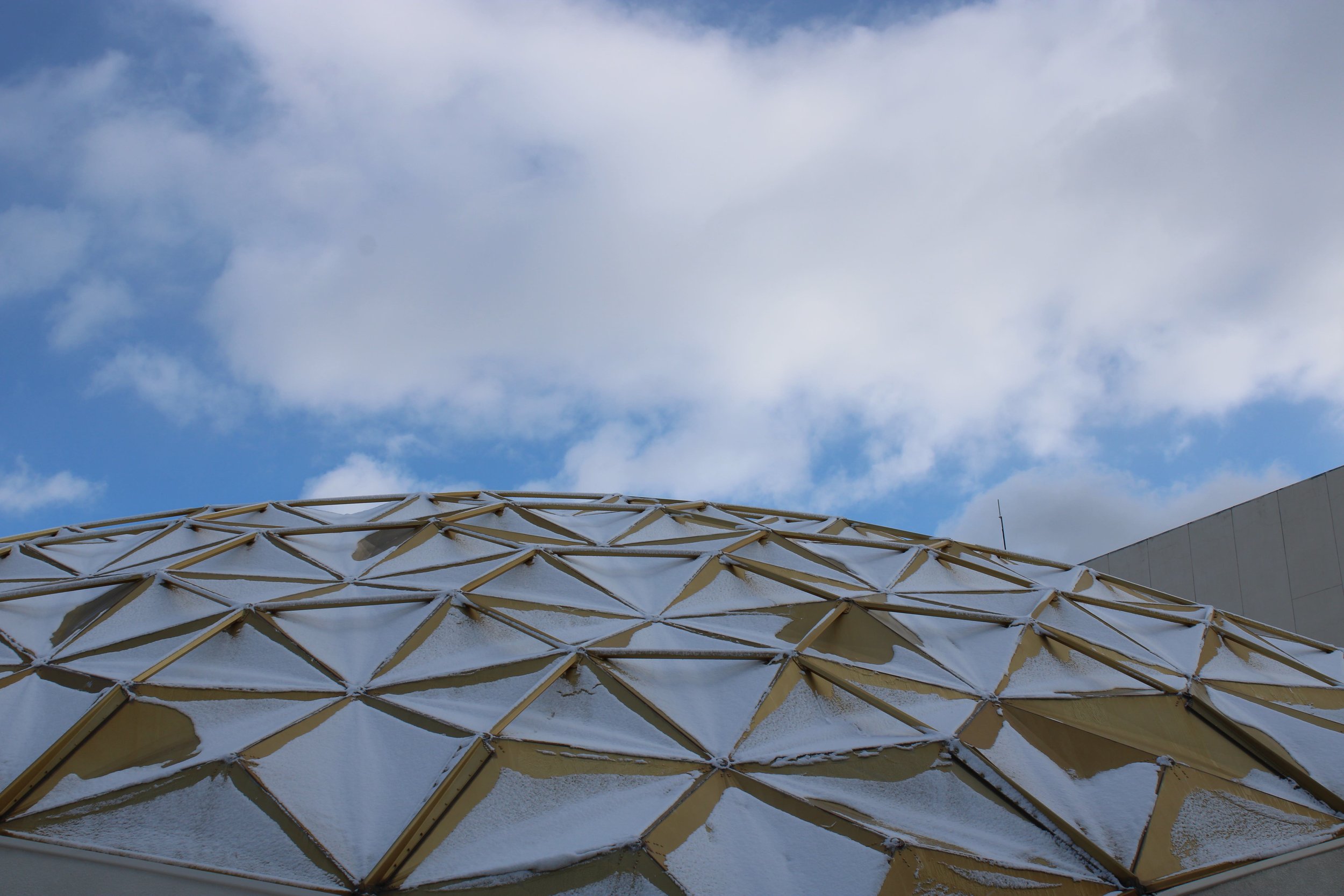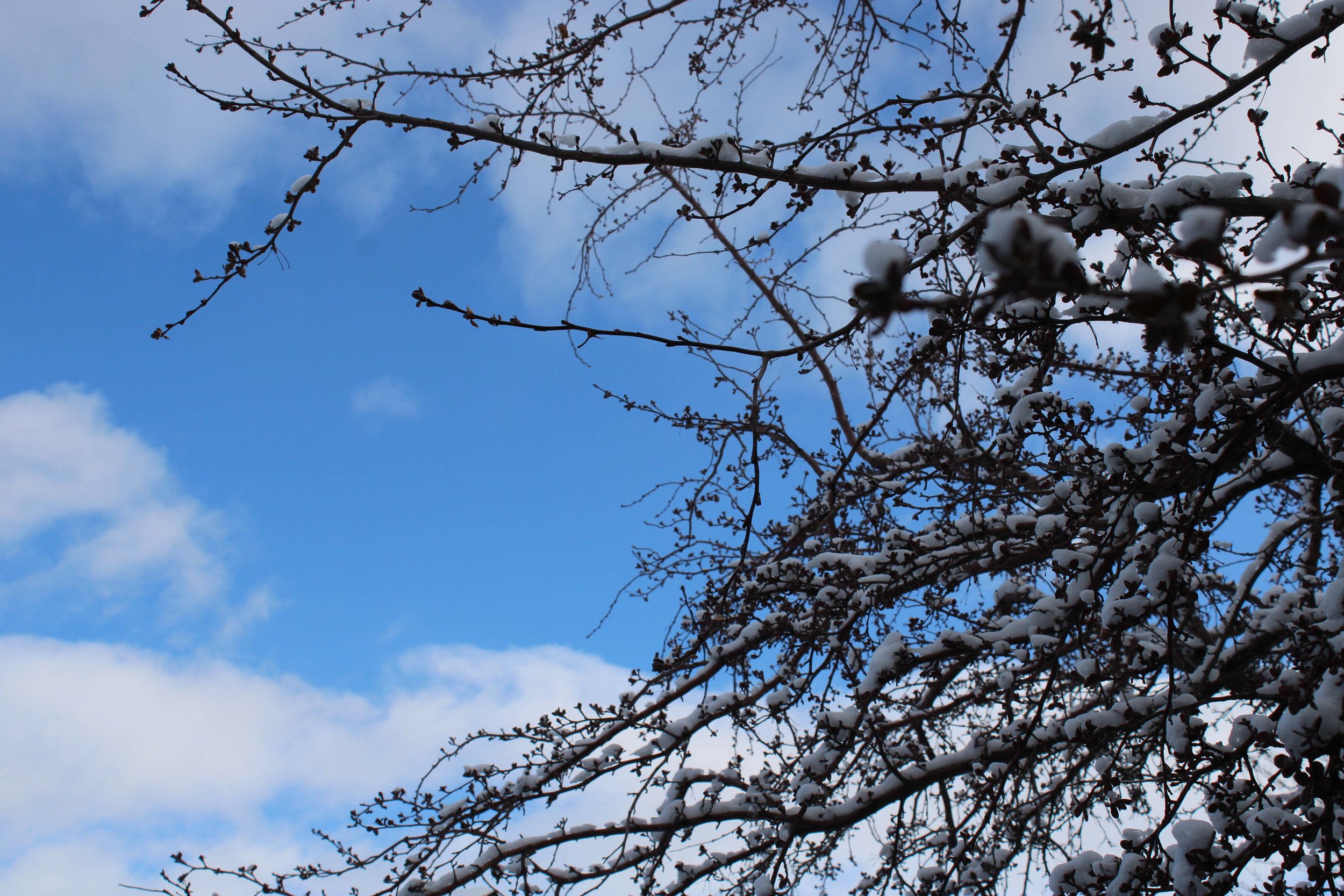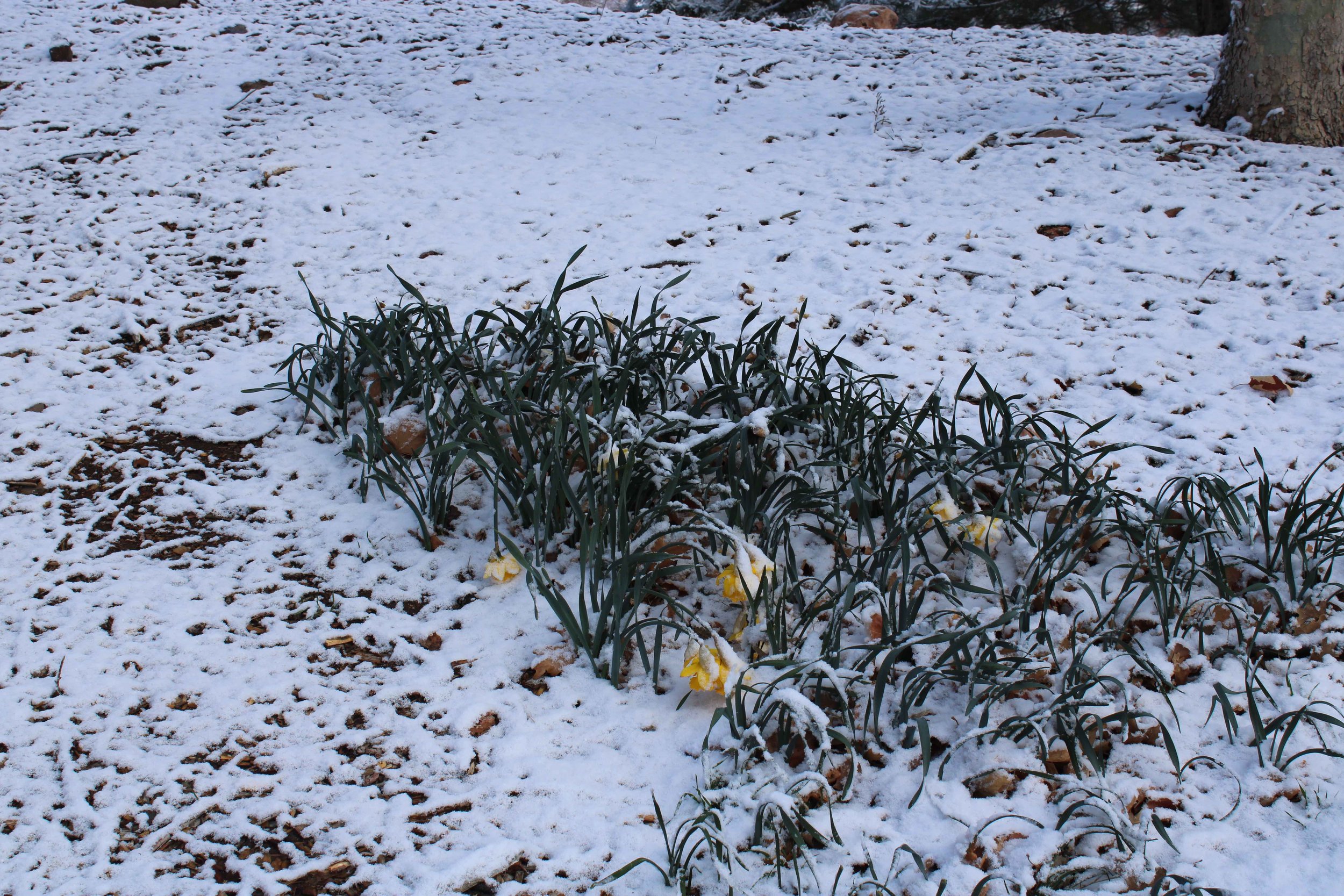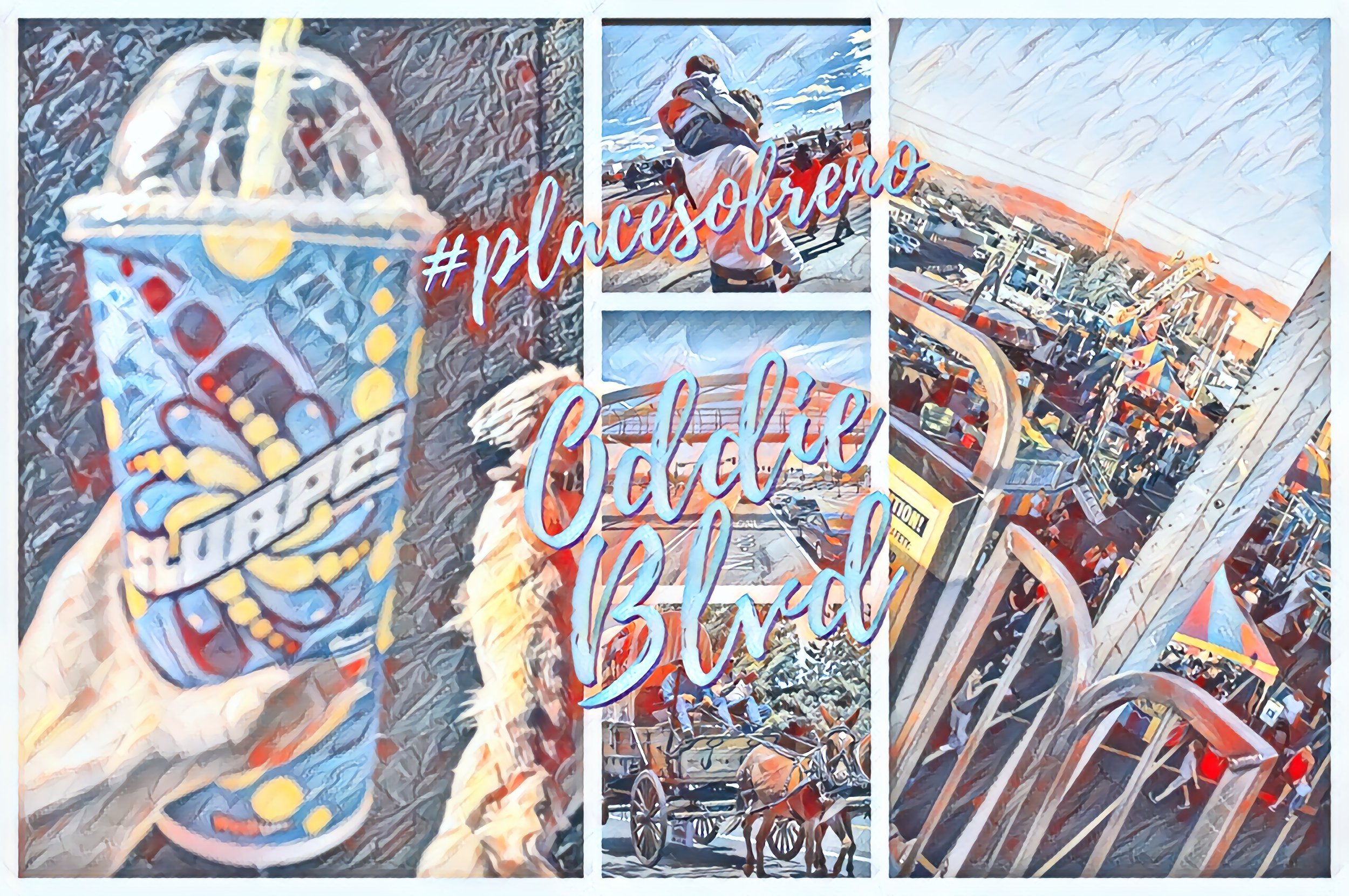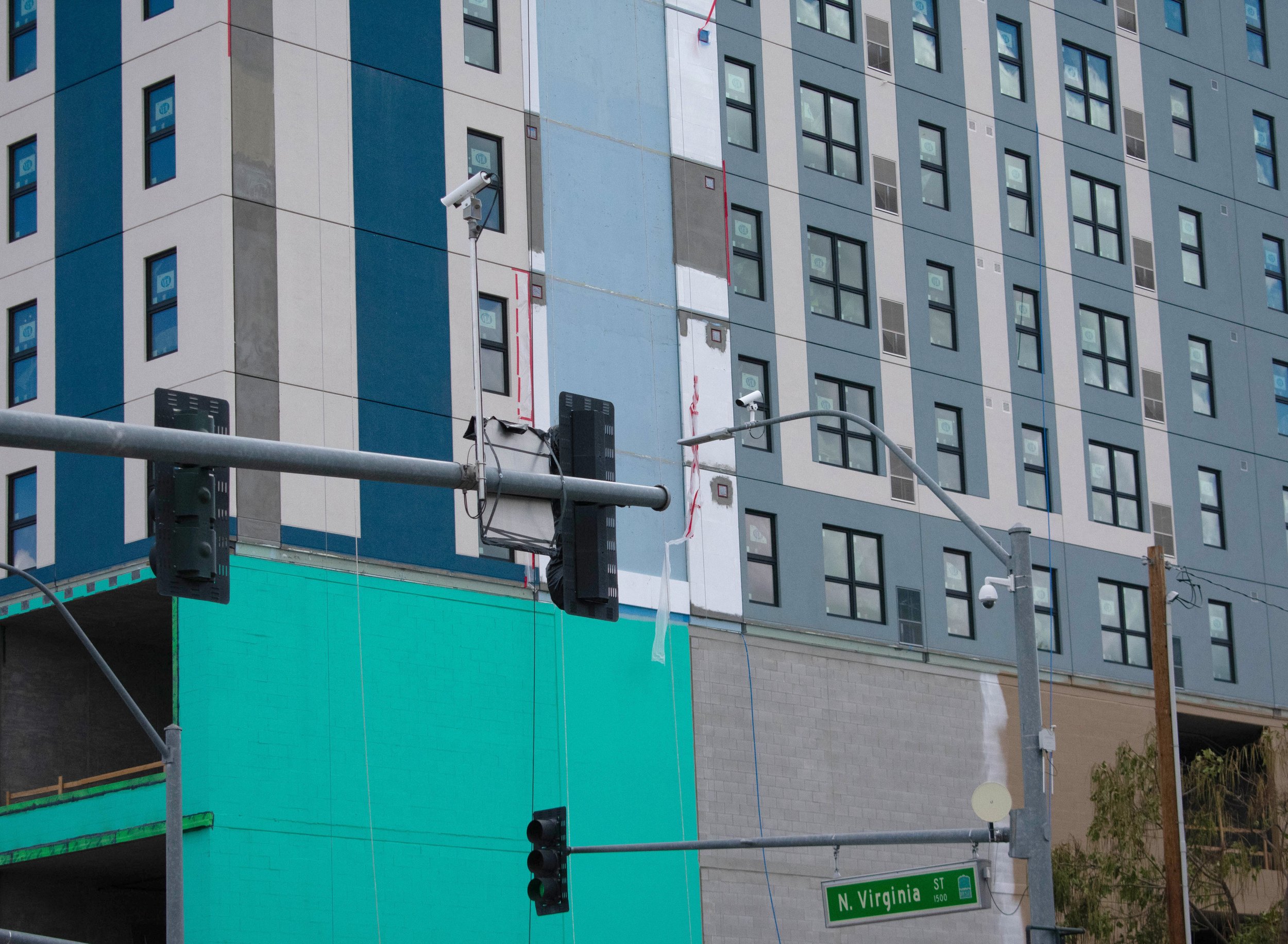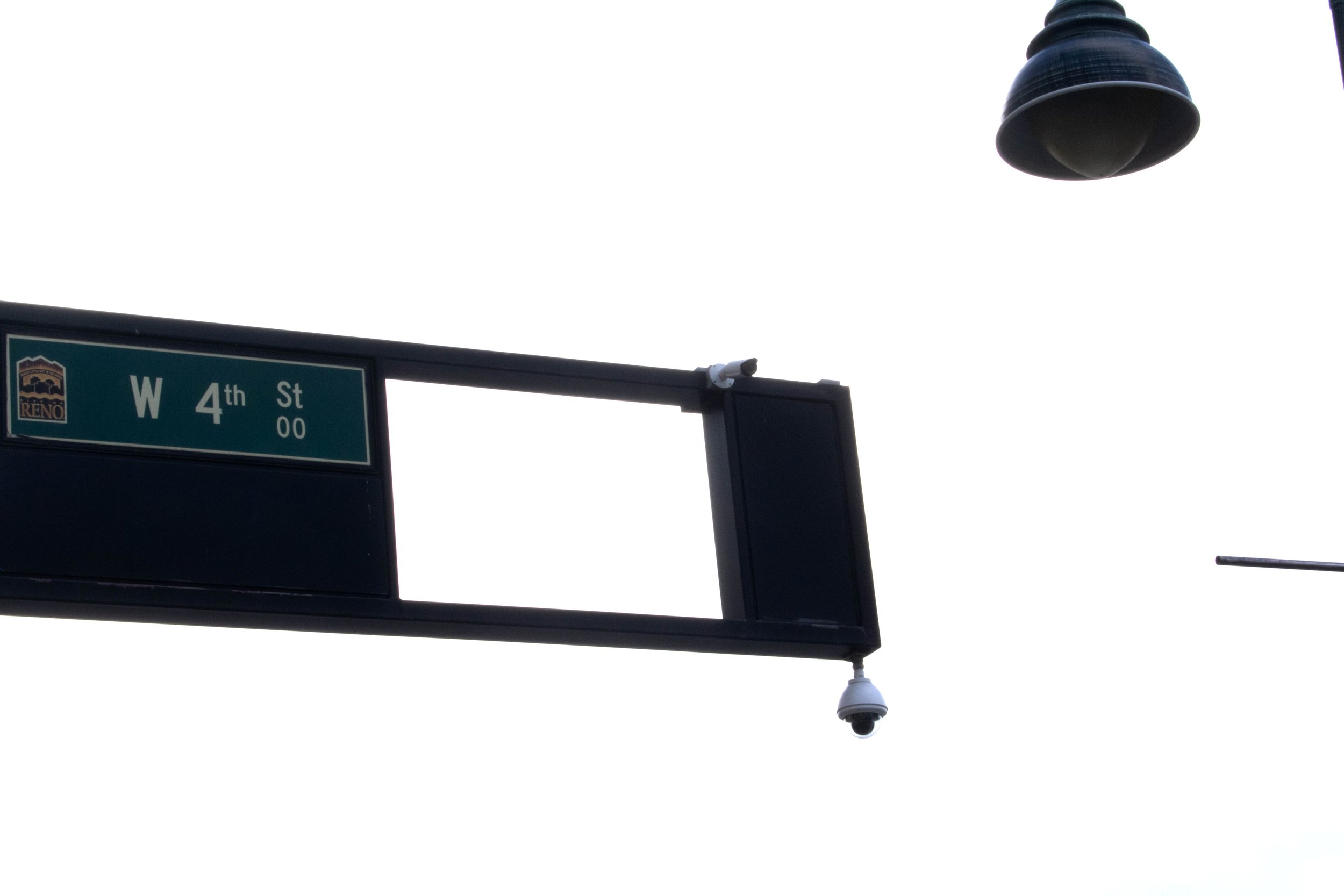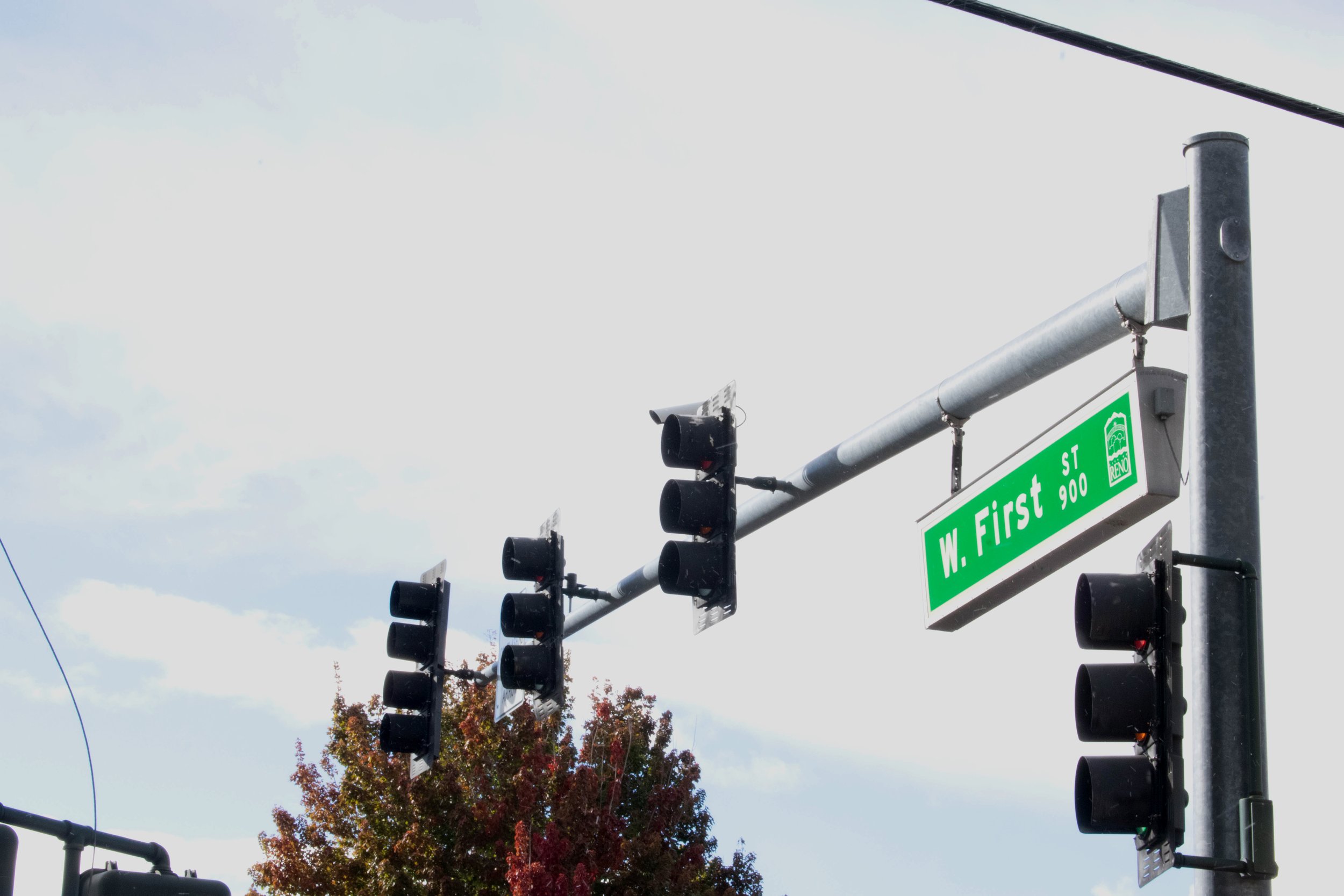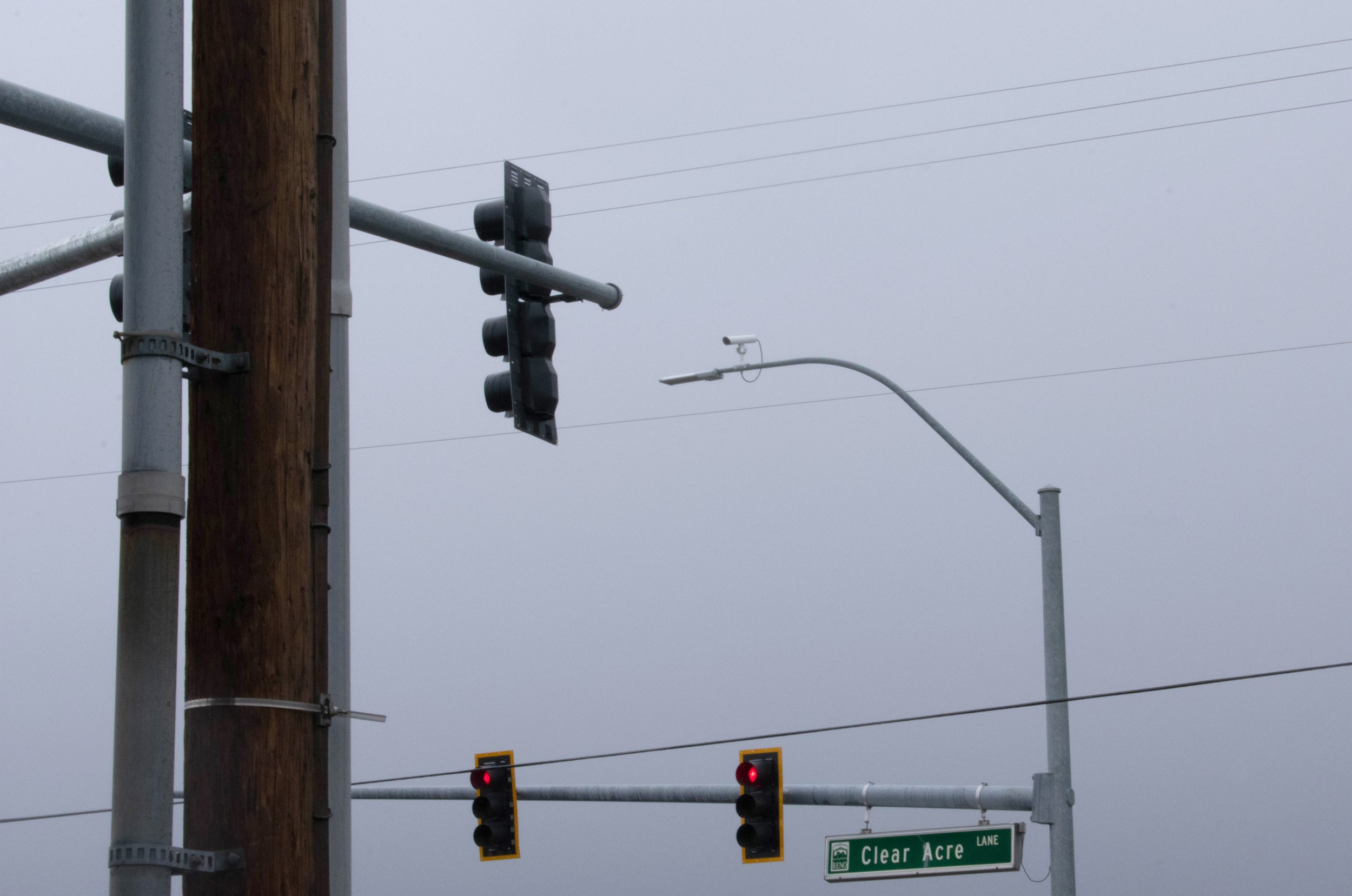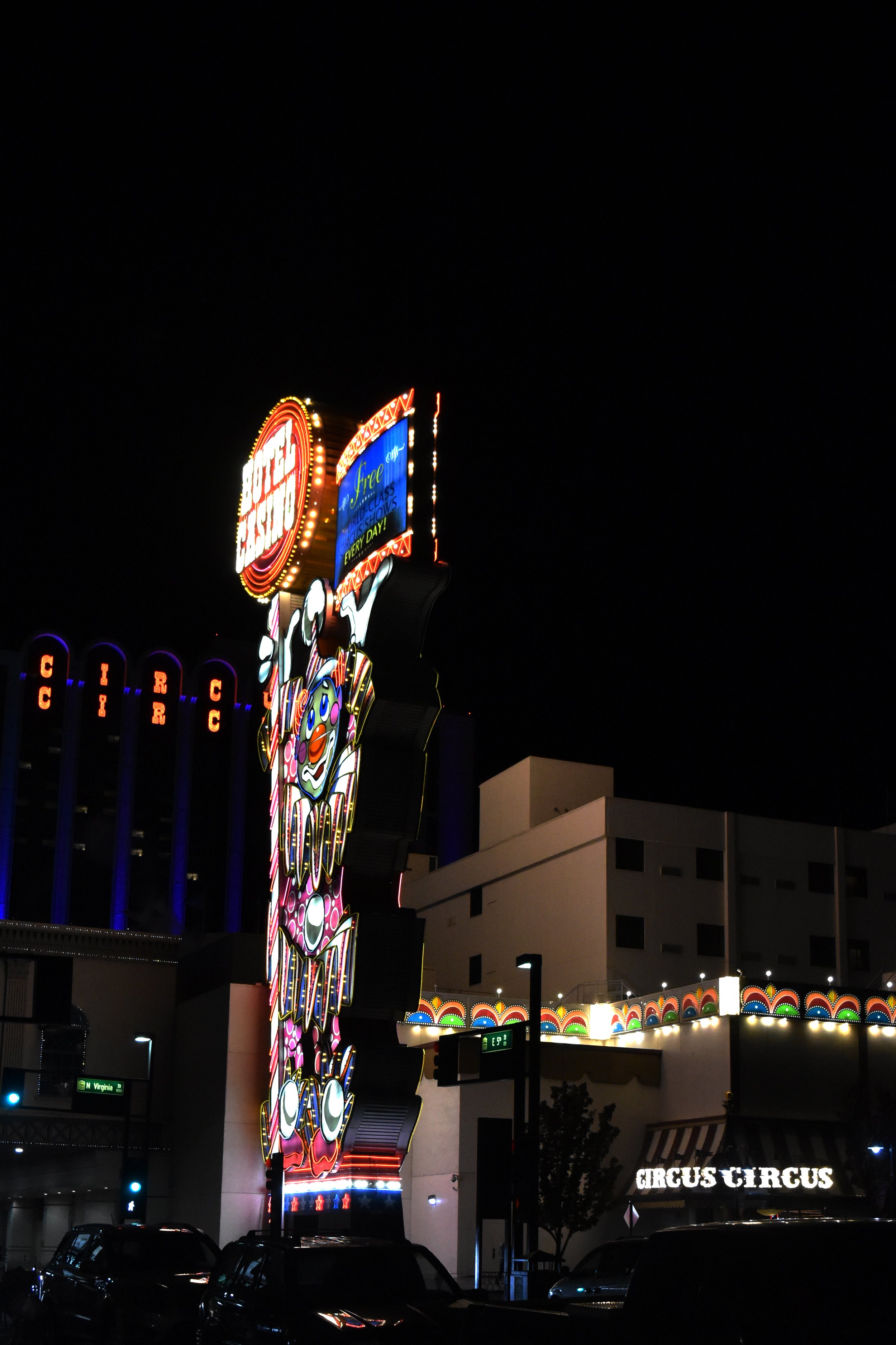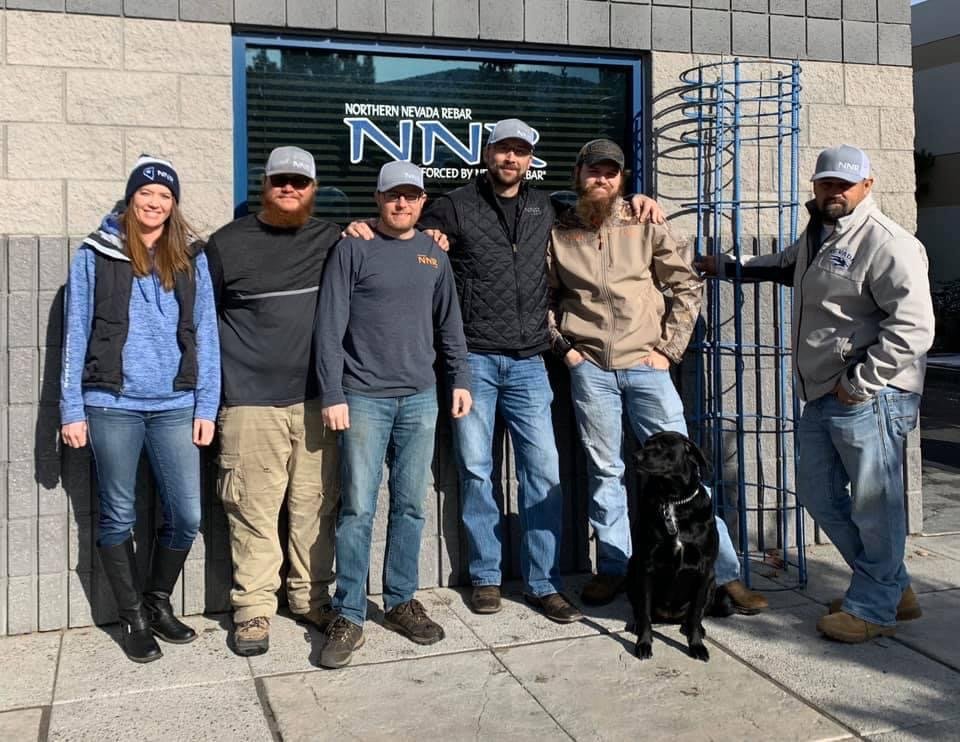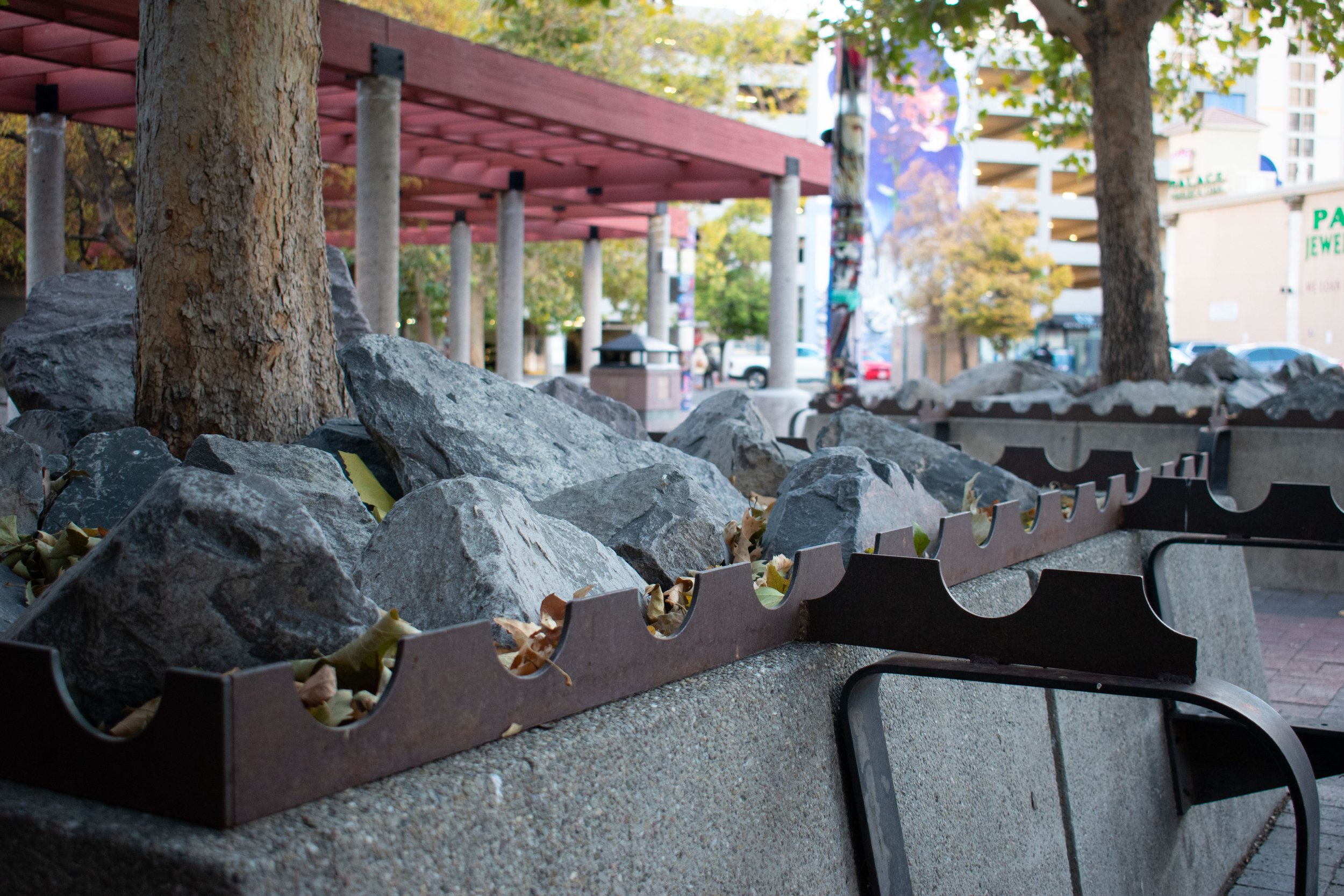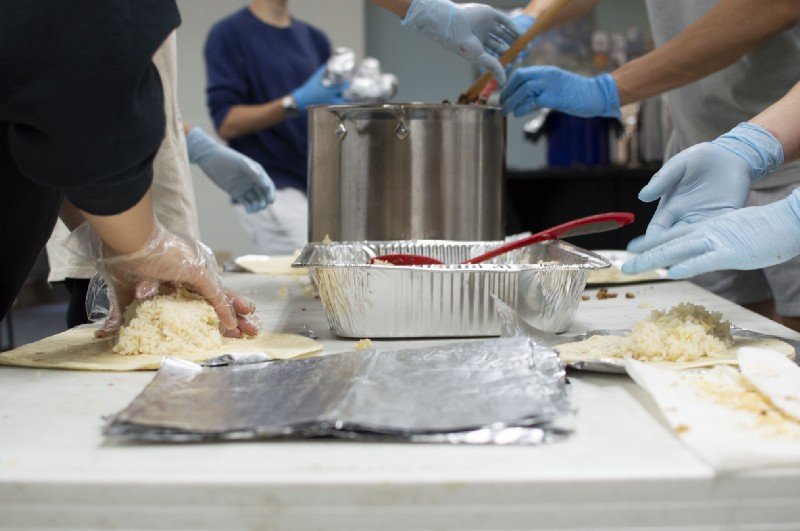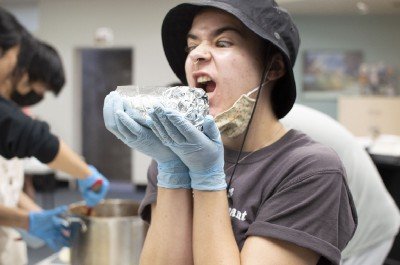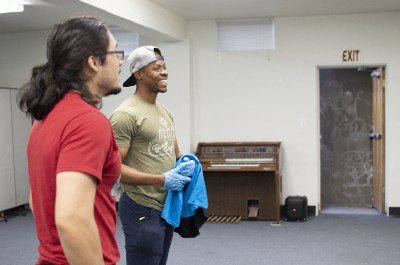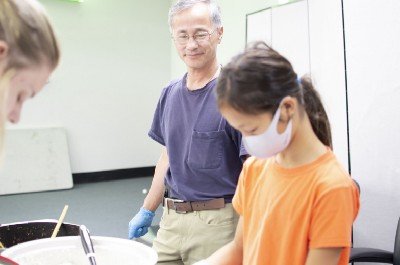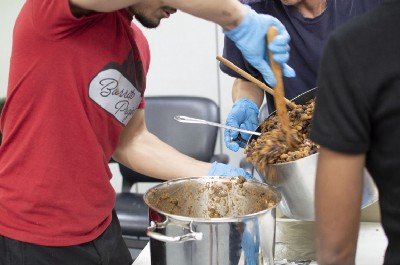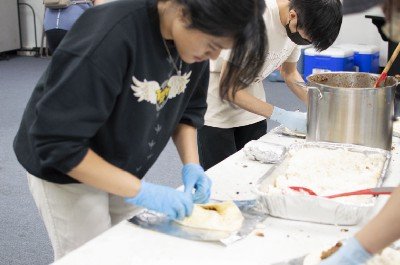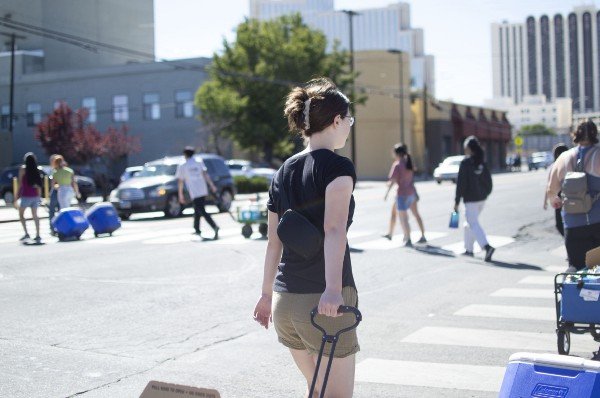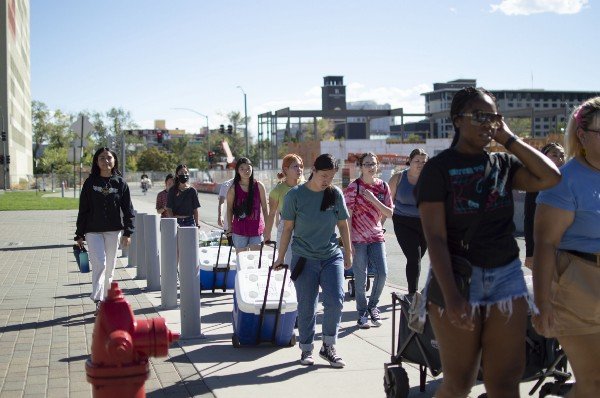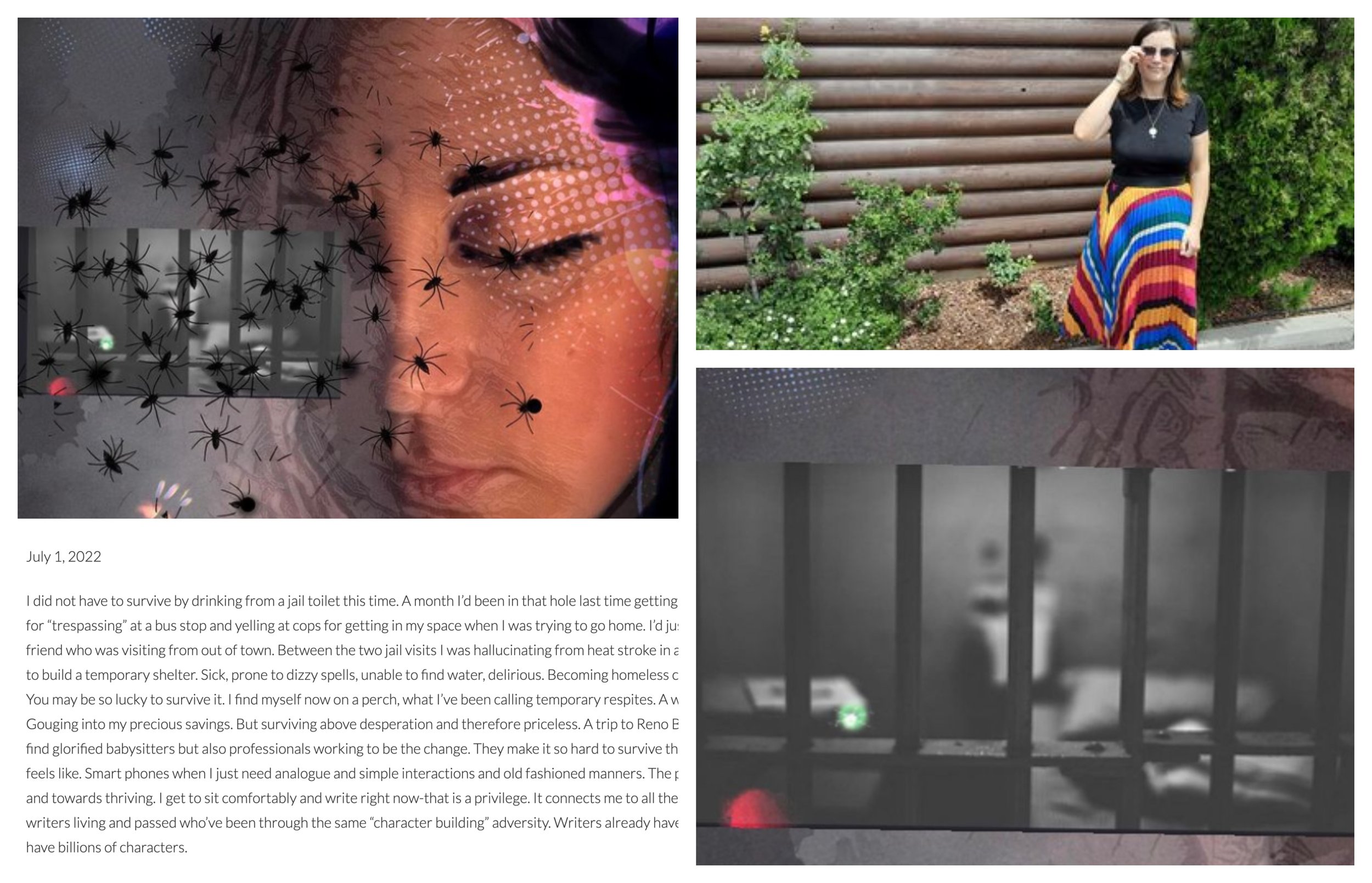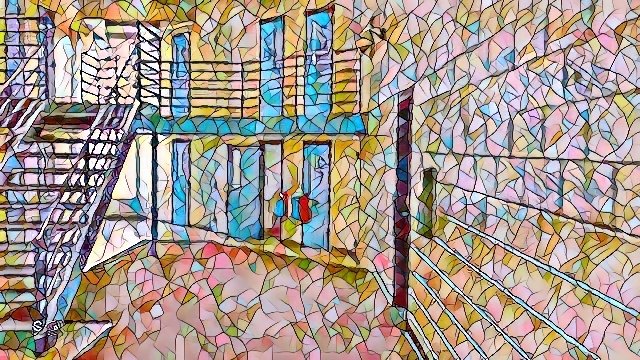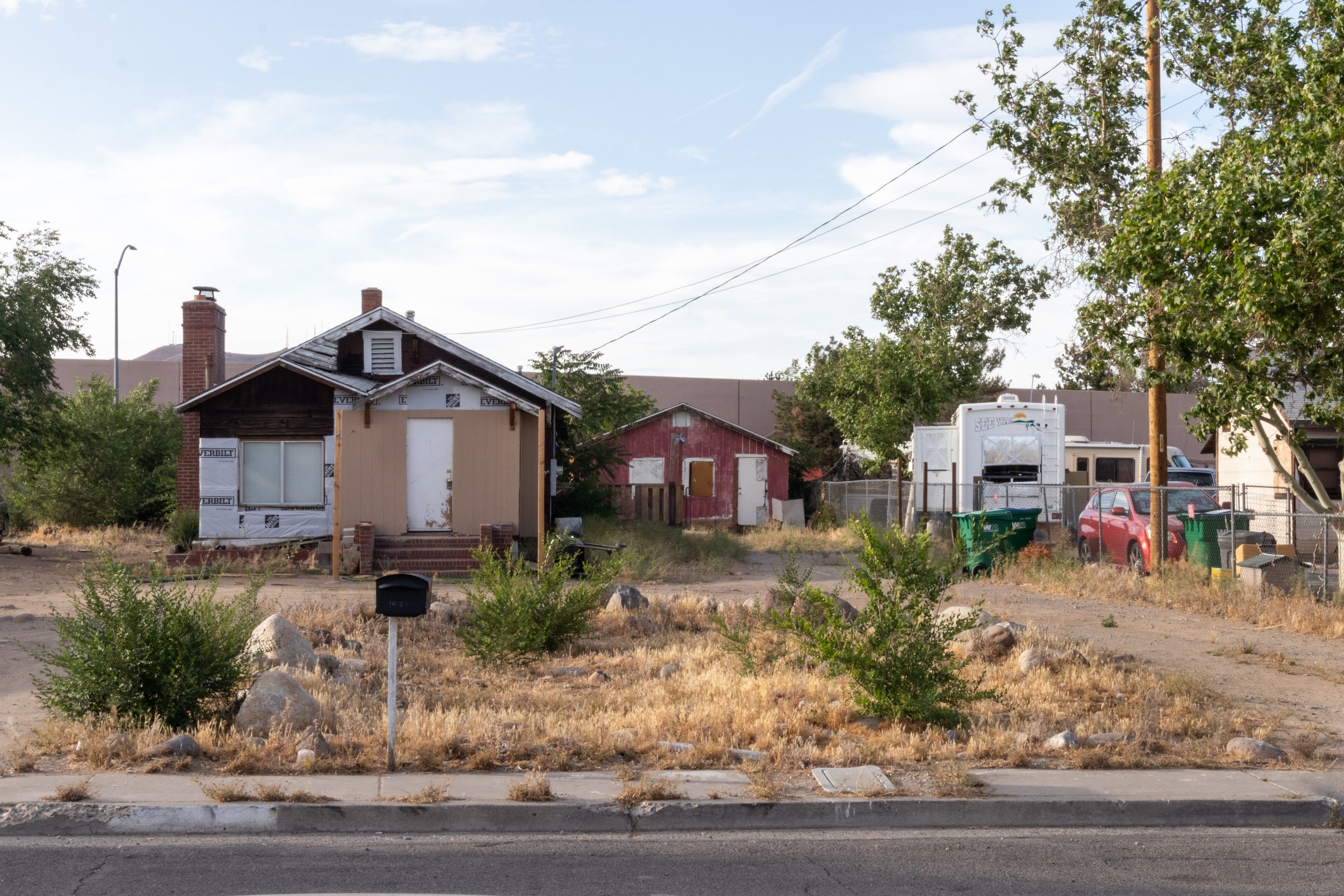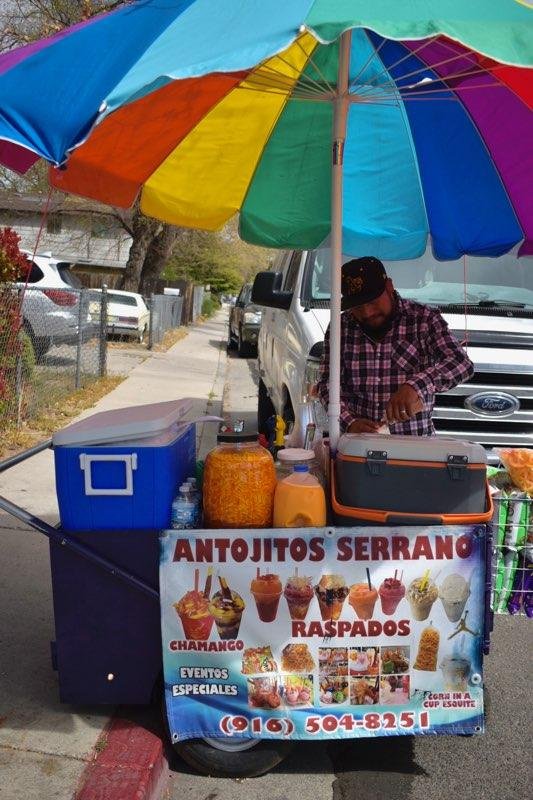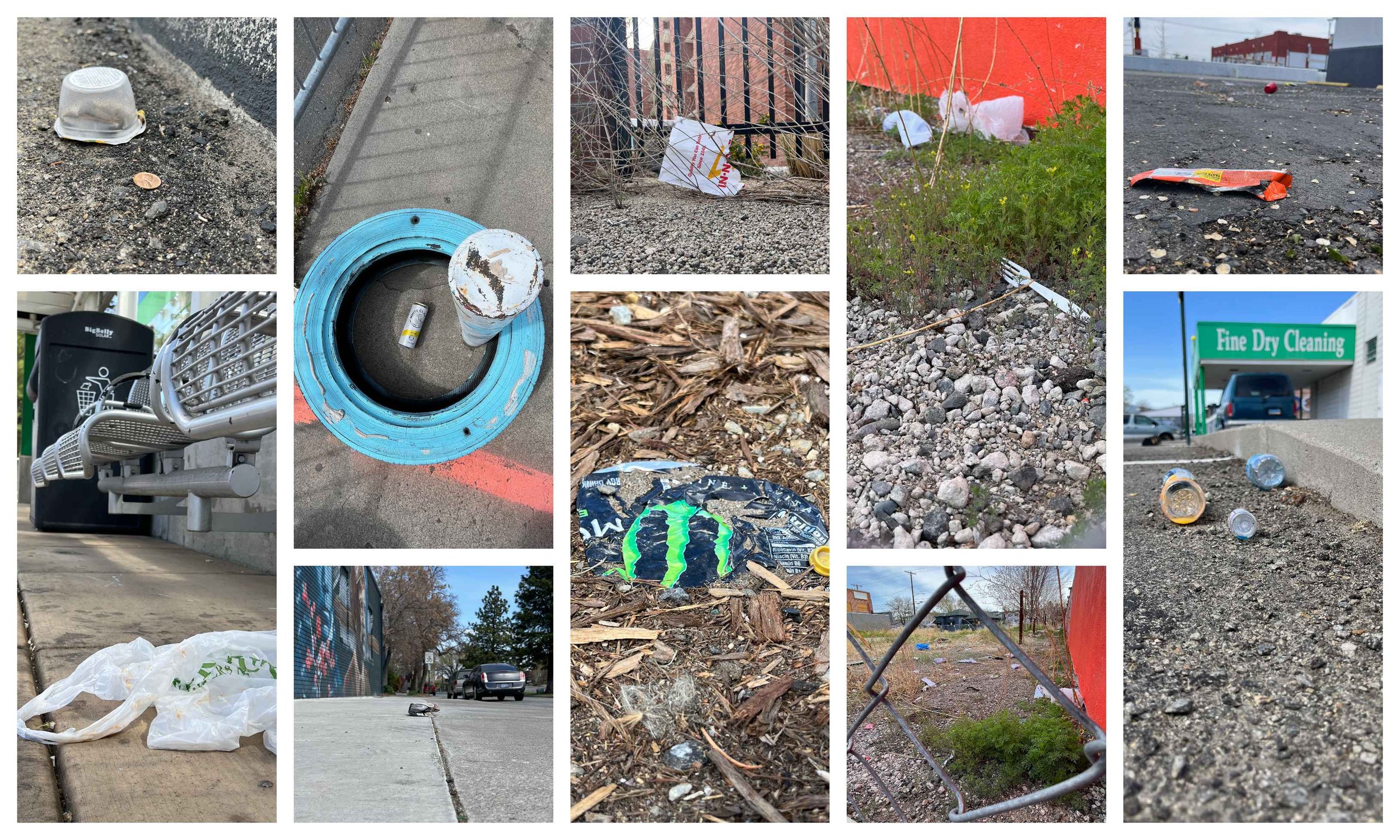For my 20 years of existence, I have called Reno my home. I’ve seen the places I grew up going to be torn down and replaced by high rise apartments. I’ve seen a sad and dilapidated Virginia Street become a thriving and fun Midtown. Places I once knew, Shoppers Square, Park Lane Mall, even my best friend’s apartment are no longer here.
It seems everyday I see something news, shiny, and ultimately expensive, arrive in Reno. But, when I think about this I have to ask myself, is this for the best?
My father has lived in Reno his whole life as well. 50 years ago, when he was a child living on Cheney Street, he would run through what we now call Midtown, playing cops and robbers and other games on top of the rooftops of empty buildings on Virginia and Center street. Now, these buildings are home to small businesses that make up the modern Midtown. Arguably, what we have now is better than what “Midtown” was 50 years ago. Right?
Yet, as I walk around Midtown, I can’t help but notice the rise in empty buildings. What happened to the Virginia Street Antique Mall? Why did Willie’s Pasta Shop never open? And, why was Midtown Eats so short lived? In most recent news, why is Recycled Records moving out of Midtown?
Obviously, the answers to these questions are not simple. There are so many factors that go into closing or moving a business. But, after looking further into these businesses through local media reports and social media announcements, I have found that higher rents and upended lease agreements seem to be a common denominator.
Recycled Records has been in Midtown since 2012. Now, all of the sudden, the beloved local shop is moving to the Crosswinds Center across from the Reno Convention Center.
As someone who grew up in Reno, Midtown is a much more desirable location. So why the switch? According to Channel 2 News, the owners attribute this change to a rise in rent, although they do not specify how much the rent has changed. Recycled Records is such a fun and unique place, I am sure it will thrive elsewhere. But, it is sad to hear they have to move out of such a cool location due to rent.
This is not the only business affected by rising rent costs. Virginia Street Antique Mall closed in 2019 after 26 years of being in business. On their Facebook page, they say the newest owner of the building did not want to renew the lease. In 2020, Midtown Eats was faced with a delinquent rent payment notice on the front door, the lease being terminated thereafter. If you’ve ever driven through Midtown, you’ve probably noticed the bright red exterior of Willie’s Pasta Shop. The announcement of this restaurant was back in 2018, yet five years later it is unclear whether or not the restaurant will ever open.
It is a bit disheartening to hear about local businesses having to either close or move away from preferable locations due to rent. These businesses make Reno a home for everyone, creating something more than just bars and casinos.
It makes me think about the residents of Reno. If businesses can’t survive the rise in rent, how will residents? Personally, as a college student, I have to work two jobs to pay rent, tuition, bills and to just get by. How many other people live like this? Is this just a rough patch or the beginning of a deeper trend?
I like to stay optimistic, though. Hopefully soon we will see more local, all age businesses move into these empty spaces, continuing to make Reno a more welcoming city. Hopefully, rent will stabilize for the residents of Reno. But, for now, I drive through Midtown and reminisce on what once was.









